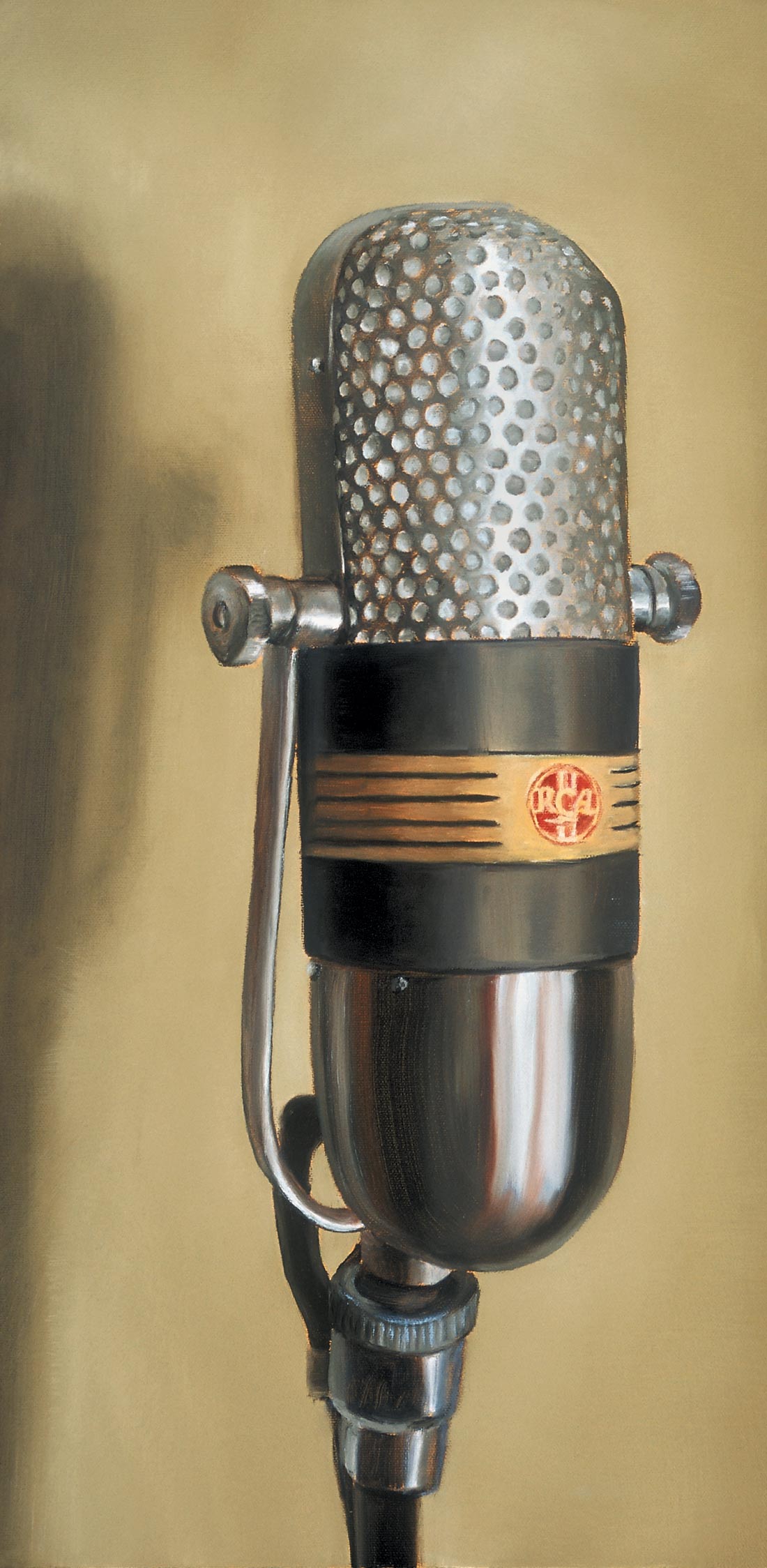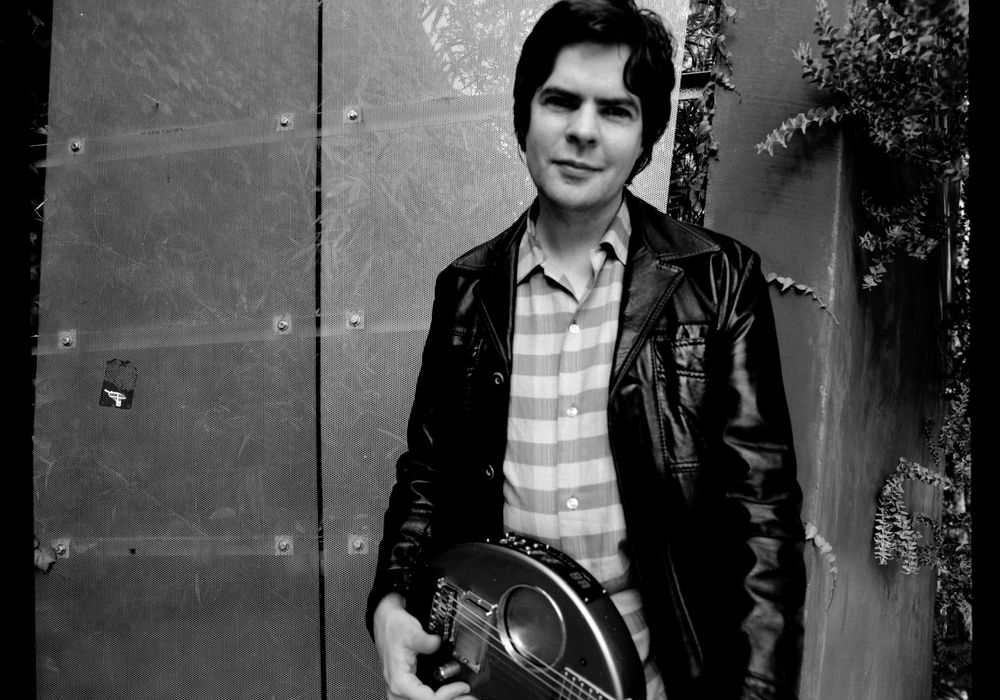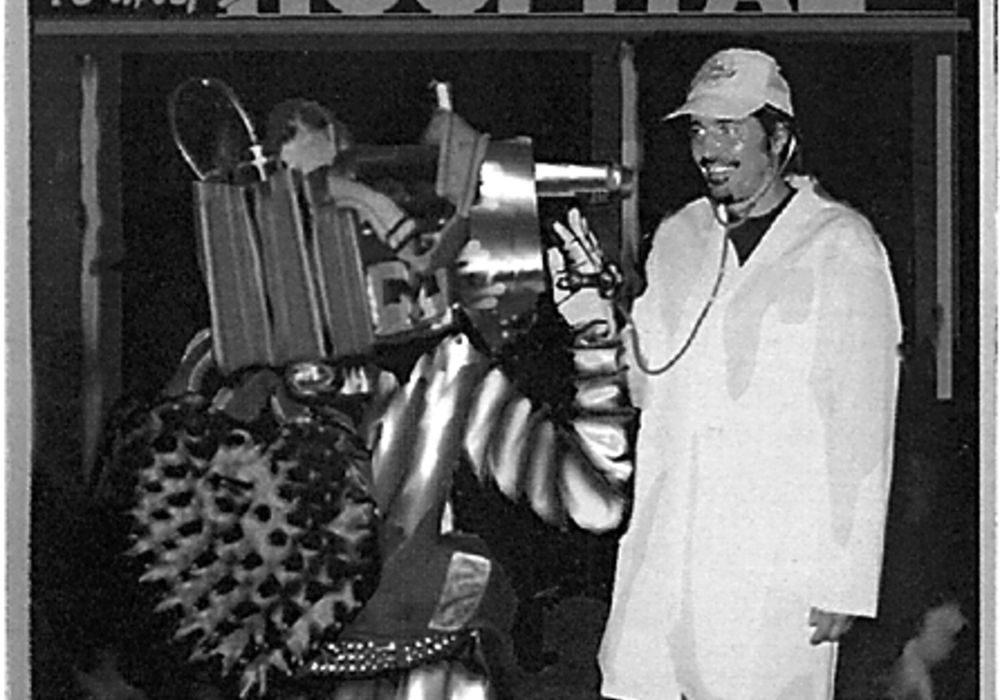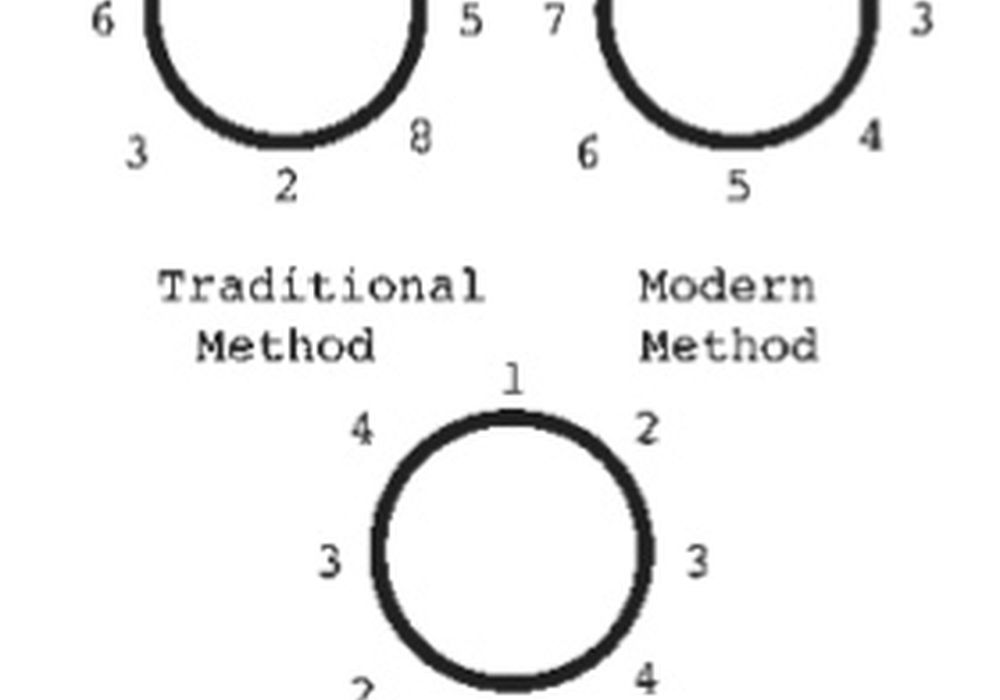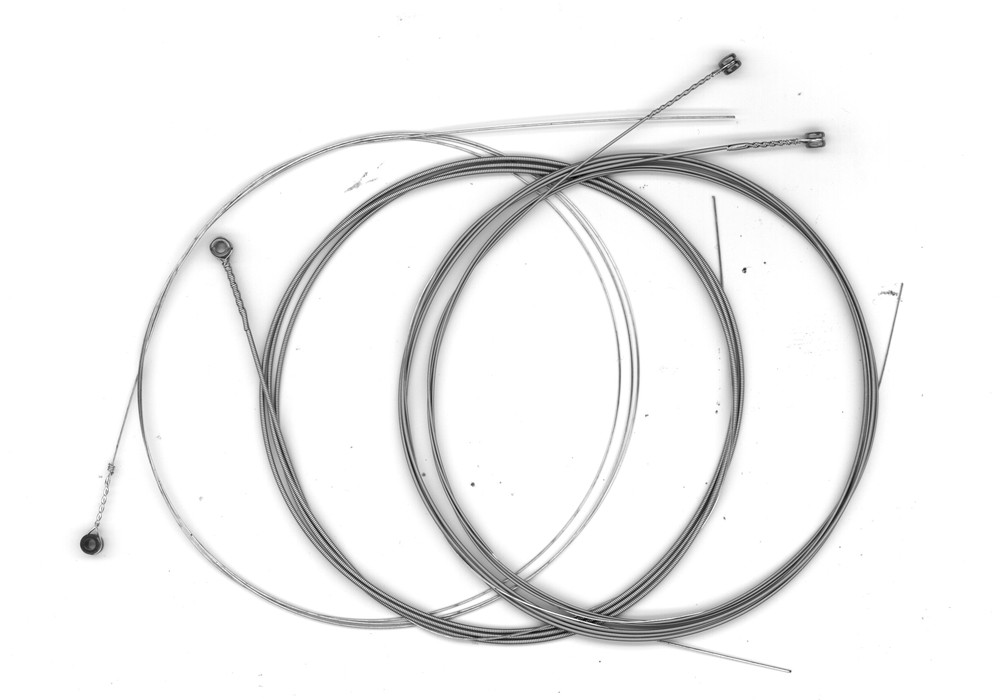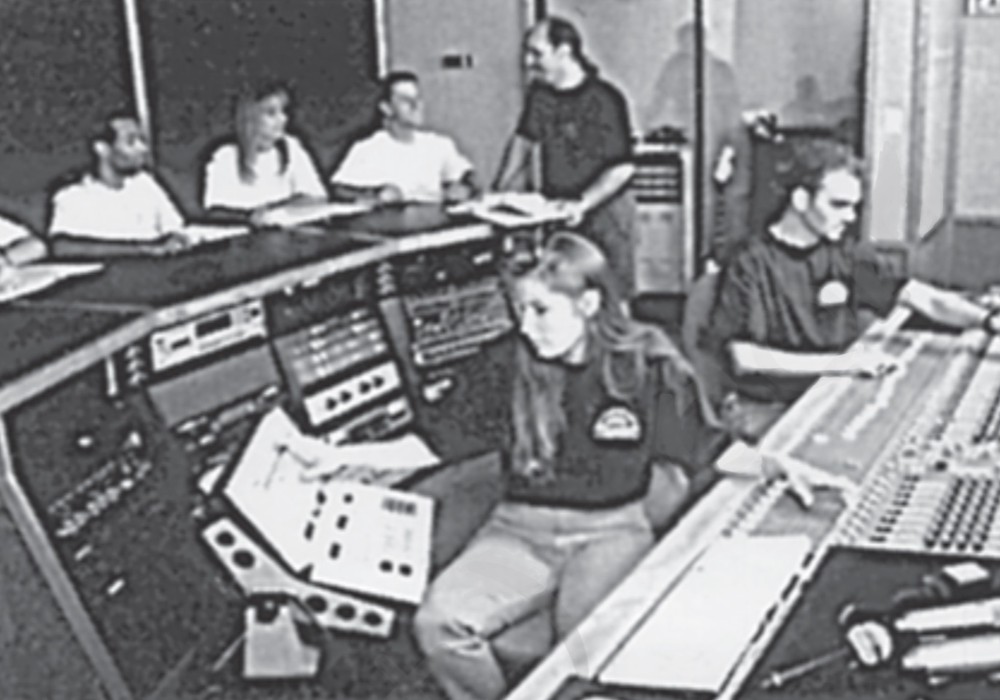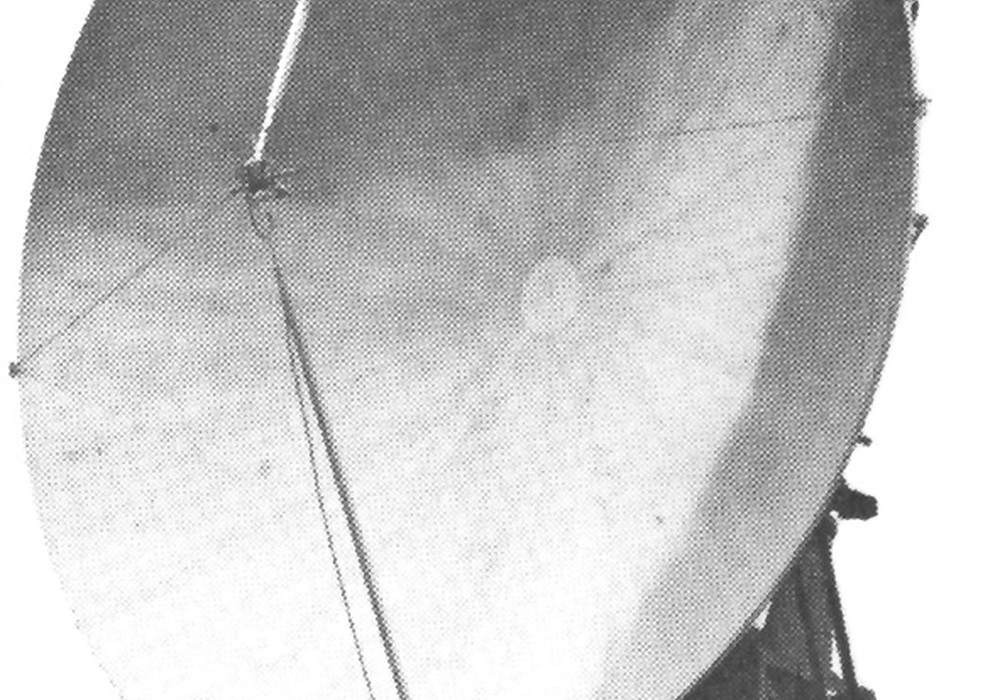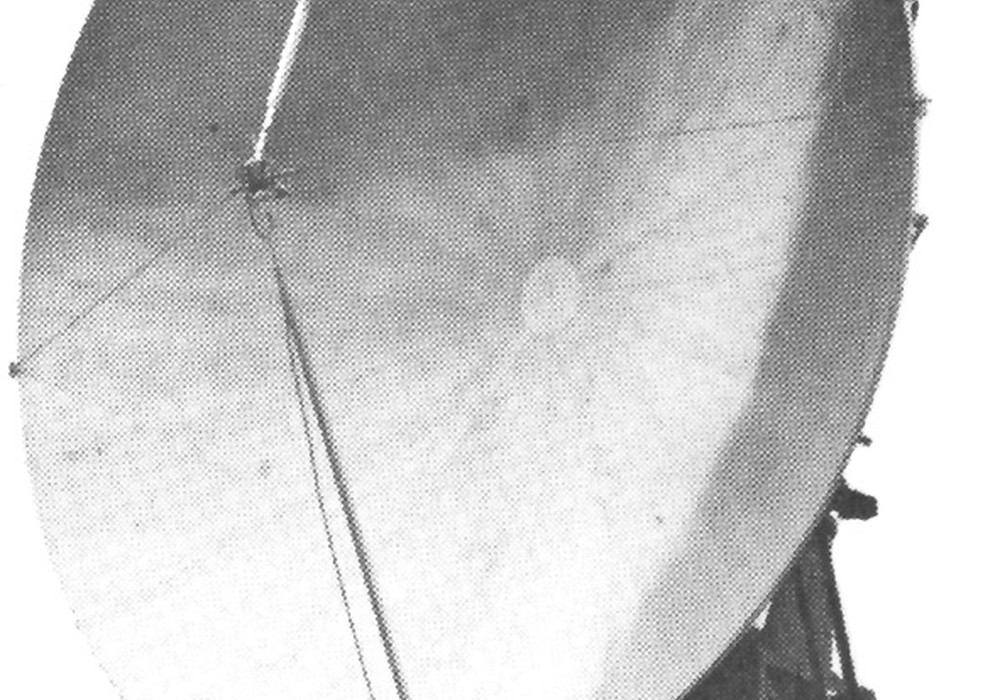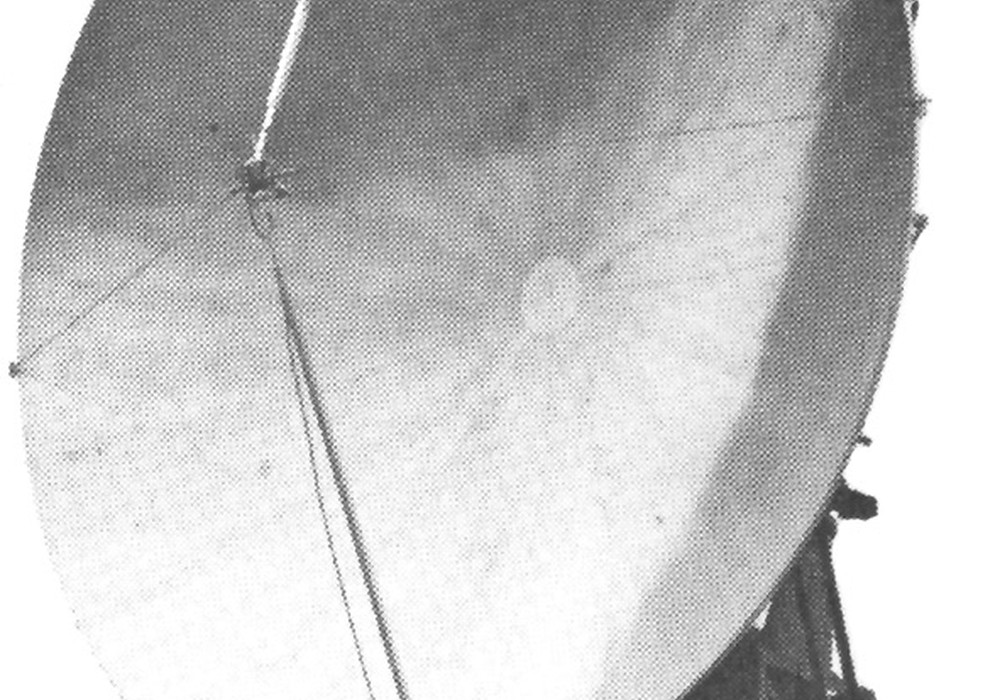Dave Mattacks is arguably one of the world's best drummers. His recording credits include: Joan Armatrading, Mary Chapin-Carpenter, Sandy Denny, Nick Drake, Brian Eno, George Harrison, Jethro Tull, Elton John, Paul McCartney, Jimmy Page, Fairport Convention, Paul Simon, Cat Stevens, Richard & Linda Thompson, The Chills and XTC, to name just a few. Dave was a member of Fairport Convention for many years and he has worked with legendary producers and engineers including Glyn Johns [Tape Op #109], Joe Boyd [#60], Geoff Emerick [#57], and John Wood. Dave and his wife now live in the US, where he continues to record and tour.
Could you explain what "seating" a drum head is?
There's a lot of things that are in play when you put a drum head on a drum. The shell moves very slightly, the head of the drum finds its natural place inside the counter hoop. Especially with vintage drums, maybe one of the lugs might be a little bit stiff, so there might be a bit of resistance. And the most important factor is that even with good quality drum heads, if it's a brand new head it moves, it stretches. So what I do is I get the head on the drum and get it to a certain tension, and then I press it in the middle quite hard. And that gives you several things — it actually seats the head into the hoop on the drum, it stretches the plastic and then when you press in the middle of the drum and you feel around the circumference of the head with your fingers you can tell whether you've got the head on evenly or not. In other words, you may press the head in the middle and it may feel even three-quarters of the way 'round and at a certain point you may feel wrinkles. And that means that at that point the head is under tension. And I'll probably do that three, four, five times. And every time I do it I check to make sure that the head is on evenly, check that it's seated, check for wrinkles that you can feel with your fingers. And then I slacken the head off and do it again.
Just to stretch it out?
Just to stretch it out. But also what happens is that even with a perfectly even, very straight, very level drum shell, when you press the head in the middle of the drum, you may find, for example, the wrinkles appear — the drum head isn't on evenly. You might find the wrinkles are at the 12 o'clock position. And then you maybe use the drum key at that 12 o'clock position to take the wrinkles out. And then I slacken off all the tension rods by an equal amount, just say 45 degrees on each turn on every rod, press it again in the middle, and sometimes you'll find that — because the head's still moving and stretching — the wrinkles are now at the 6 o'clock position. So I do that — tighten, stretch, loosen — about four or five times to make sure that the head is seated onto that drum. And also, most importantly, that it's stopped stretching. Because the two really crucial things are that, A: The shell is in round, that it's perfectly round, and that's something that is pretty much guaranteed with contemporary drums, because they're so well made, but also, B: That the head is stretched.
So to clarify the two crucial things are that the head must be stretched and the shell must be in round?
That the shell is in round, yeah. What that means is that the shell is perfectly round. Some of the older drums, if they weren't made properly, or maybe if they were left out in damp weather, they get very slightly elliptical. It's almost difficult to see with the naked eye. But one way to tell is you will put a drum head that is perfectly round on, and there'll be a little bit of play, and there'll be more play one way than there will the other, and that means the drum isn't in round. It's analogous to a neck not being completely straight on a guitar. It may look straight, but as you start to go up the neck the intonation gets weird. And it's the same thing with drum heads.
What about toms?
With toms, I'm always trying to make sure they sound like they're from the same family. I wouldn't, for example, have the small tom-tom tuned like a bebop jazz kit and the floor tom tuned like a rock kit. I'm trying to make sure that they have a similar tonality but the pitch is different. I might go for that bebop tuning, but I...
